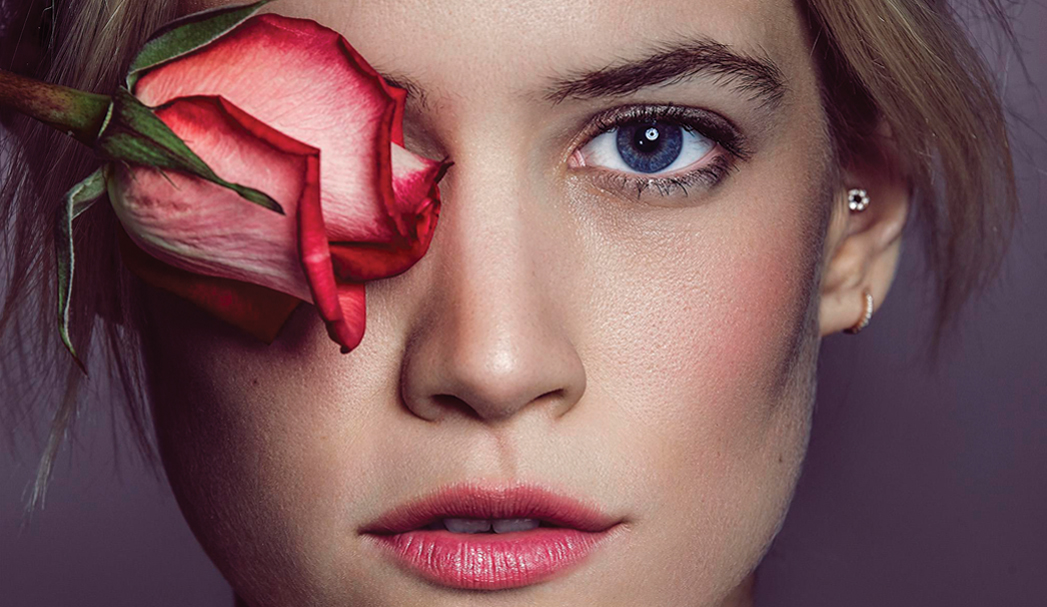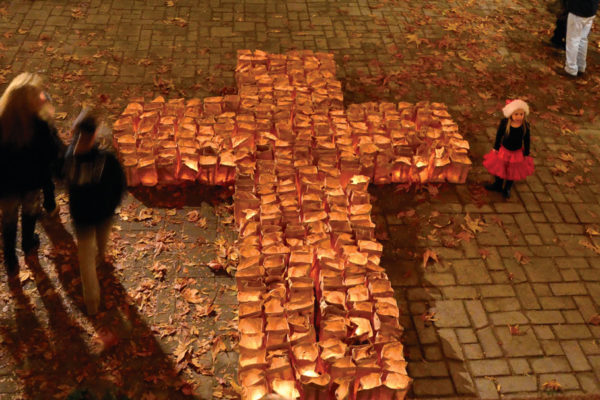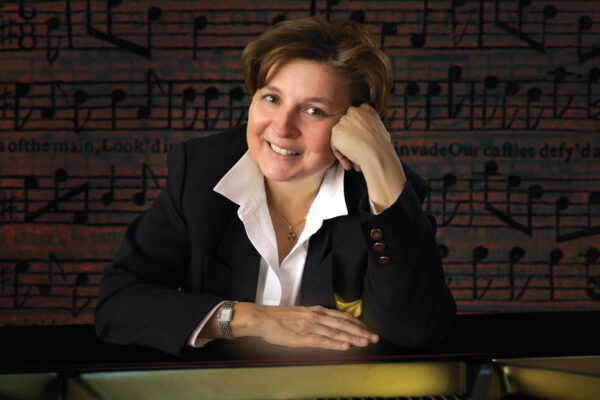Sneak Preview: Burning Bodhi
Cody Horn stars alongside Kaley Cuoco (The Big Bang Theory) and Virginia Madsen (Sideways) in Burning Bodhi, the story of a group of high school friends who reunite in Albuquerque, New Mexico, after one of their own passes away. Cody is a familiar face. You’ve seen her on TV in The Office, White Collar and Rescue Me. On the big screen, she had roles in Magic Mike and End of Watch. Born and raised in LA, Cody’s mom is a former model and actress and her dad is the chairman of Walt Disney Studios (and the former president of Warner Bros.). Cody checked in with us from LA to discuss Burning Bodhi. She’s hoping to be able to present the film at the Sedona International Film Festival.
Sedona Monthly: How did you get involved with Burning Bodhi?
Cody: I met Matthew [McDuffie, director] and Marshall [Bear, producer] at the Sundance Film Festival a few years ago after having read their script. Matthew and I are represented by the same manager. I instantly fell in love with the character Ember. We started speaking about it. It took two years, but we were finally able to make it.
When was the film shot?
In July and August 2014.
Ember is an interesting character. It almost seems like she’s trapped in high school, and then we learn her secret. Why were you drawn to her role?
I liked her because she was unlike anyone who I’ve played before. There’s a malleability to her – she blows with the wind. And as much as she’s fiercely herself, it’s all because she’s terrified of being herself. I found that duality really interesting and such a part of being in your early- and mid-20s. I was really drawn to the depth of her character.
The use of social media in this movie is unique and timely given how much we communicate through text messages. Do you think we’ll see more of that in films, especially films starring younger people?
You’re referencing the scenes where we are texting each other and the text shows up on the screen. I think not only is it completely truthful how this generation speaks with each other, it also taps in to some old cinematic origins with silent films when you would have text go across the screen. The image of whatever the actor was doing was really the story, and the text was supplemented. That, to me, is one of the best examples of filmmaking in our history. Really, I think films should be able to be shown silent, and you should understand the plot visually. These text messages are just the aid to get across the information of what’s going on.
Forgiveness seems to be the major theme that runs through the film. Would you agree?
I agree that forgiveness is the theme – there are a lot of people who have to forgive each other. I think we as filmmakers tried to address the essential key of forgiveness, which is to acknowledge the pain that is in the other person and for them to acknowledge it in you and take responsibility. That’s all people want is to be seen for their pain and for what they’ve gone through. It’s an important aspect of life that’s necessary on a small level like this to global crises.
Tell us a bit about making Burning Bodhi. Was it filmed entirely in Albuquerque? How long did filming last?
Not only was it filmed entirely in Albuquerque, we actually filmed nearly 100 percent of it – except for some B footage – on one block. We were able to shoot on Marshall’s property and at some of his neighbors, including the Chicago scenes. Filming was 17 or 18 days. The fact that our locations were so close together absolutely helped. We were lucky to be able to shoot everything so cohesively.
Have you had a chance to present Burning Bodhi at any film festivals? What is your experience with festivals?
We were the centerpiece film at the Austin Film Festival just a few weeks ago. It was our premier. We were in a beautiful theater, and I’m so happy to say that it played great. I have attended Sundance four or five times. I’ve attended Tribeca a few times and then Austin. Every experience has been very different. I’m thankful [film festivals] exist to keep platforms for these art-house films to be seen. I leave festivals every single time inspired.
What are you working on now?
I’m likely going to be doing a play in New York City. And I’m trying to get the world to know about Burning Bodhi. I feel lucky to have gotten involved with this film so early, so I was around to see the cast come together. Anytime you can catch a director on a passion piece, it’s an amazing experience, and I’m lucky that I’ve been able to do that a few times. This is a just another example of that.
So you’ve acted in films, television, made-for-TV movies and now a play. What do you prefer?
My first love is cinema. I have loved screenplays since I was a child. The medium is changing. We’re in a very interesting time in storytelling, so to be on the actor’s side is thrilling. The medium doesn’t necessarily matter. You can have fantastic quality on the big screen, on the little screen or even streaming. The world is wide open for us.
Any movies coming out that you’re especially excited to see?
Star Wars! I’m still trying to be a Jedi. The first thing I wanted to be was a Jedi, and I think that’s why I’m an actor. I have to let my inner nerd show here for a second and say Star Wars. I know this [article] comes out after the movie, but I’m very, very excited for it. The movie that I have to recommend, though, is Listen to Me Marlon. If readers are interested in acting or filmmaking, it’s such an interesting case study on one of the most iconic people in Hollywood. It’s a well-done art piece on Marlon Brando, and I highly recommend it.
Last words on Burning Bodhi?
We are entertainers at the end of the day, and we are here to elicit some sort of experience from the audience whether it’s escapism or joy or inspiration or introspection. One of the things I think we do well in this [film] is capture the melancholy of the small town. So it’s got that pace, which is hard to do, but I think our director artfully skirted that line.
MORE SEDONA MONTHLY INTERVIEWS: Chicago, The Band Perry, John Waters, Leighton Meester, Ed Asner, Susan Sarandon, Tony Curtis, Joan Collins, Martin Sheen, Emilio Estevez, Lea Thompson, Don Black, Beatrice Welles, Frances Fisher, Gary Sinise, Rita Rudner, Michael Moore, Tim Daly, Maynard James Keenan, Richard Schiff, Connie Stevens, Don Hahn, Ed Harris, Marla Sokoloff, Bill Plympton, Robert Osborne, Jane Seymour, Robert Shields
MOVIE CRAZY? Purchase a copy of Arizona’s Little Hollywood: Sedona and Northern Arizona’s Forgotten Film History 1923-1973




